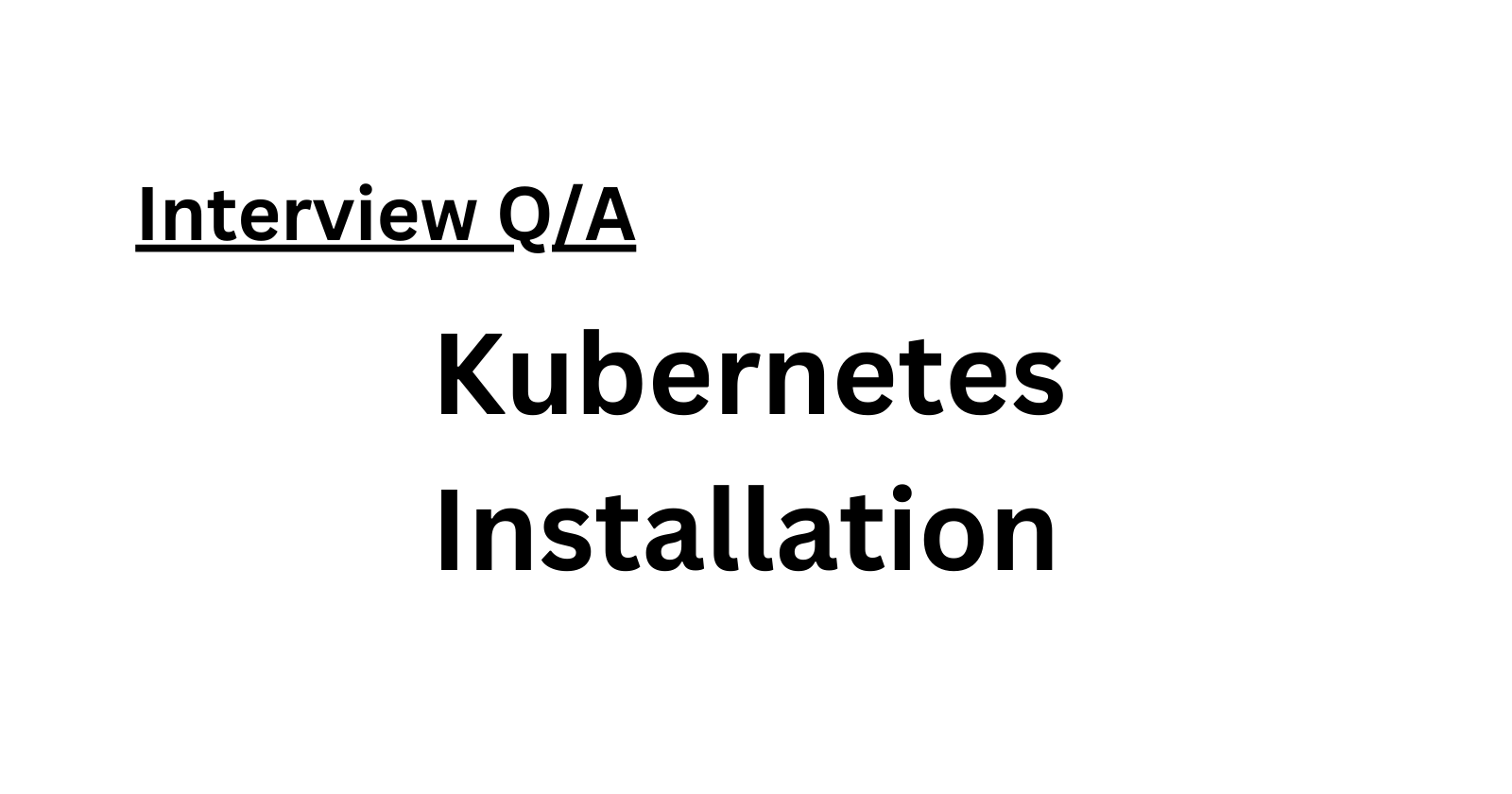Kubernetes Dashboard Installation and Overview
 Amrutha D
Amrutha D
What is Kubernetes?
Kubernetes, nicknamed "k8s," functions as an open-source platform designed to orchestrate containers, aiding in the automation of deploying, scaling, and managing containerized applications. Initially developed by Google, it is currently maintained by the Cloud Native Computing Foundation (CNCF). Containers offer a lightweight method to package and deploy software; however, managing numerous containers and their interactions can be intricate. Kubernetes simplifies this complexity by abstracting the underlying infrastructure and presenting a unified API to handle containers and their resources.How is Kubernetes advantageous for developers?
Developers can define their applications via declarative configuration files, outlining the desired state of the application and its components. Kubernetes then handles deploying and managing containers to ensure the application operates as intended. It also facilitates automatic scaling based on demand, manages updates and rollbacks, and provides self-healing capacities in case of container failures.Why is Kubernetes popular in modern development?
Kubernetes has gained popularity in modern application development, particularly in cloud-native and microservices-based architectures. Its widespread adoption has led to the creation of a robust ecosystem comprising tools, services, and an expanding community of contributors and users.What is the Kubernetes Dashboard?
The Kubernetes Dashboard serves as a web-based graphical user interface (GUI) used for managing and monitoring Kubernetes clusters. It simplifies user interaction with applications and resources deployed on a Kubernetes cluster.
Installation of Kubernetes Dashboard
Installation Process: To install the Kubernetes Dashboard, execute the command:
This command installs the Kubernetes Dashboard in the kube-system namespace. Verify the successful installation using:
sqlCopy codekubectl get pods -n kube-system
sqlCopy codekubectl get pods -n kube-system
You should see a list of pods, including the Kubernetes dashboard pod.
Accessing the Dashboard: Access the Kubernetes Dashboard by creating a proxy to the Kubernetes API server through:
Copy codekubectl proxyNavigate to the provided URL in your web browser:
http://localhost:8001/api/v1/namespaces/kubernetes-dashboard/services/https:kubernetes-dashboard:/proxy/. You might need a token for login, which can be generated using a specific command.
Dashboard Features:
Cluster Information: After logging in, the dashboard offers an overview of your Kubernetes cluster, displaying nodes, pods, and services.
Viewing Deployments: The "Deployments" tab showcases a list of deployments in your cluster, offering details such as replicas, container images, and creation time. Clicking on a deployment provides more specific information like deployment status, associated pods, and container logs.
Viewing Pods: Under the "Pods" tab, a list of pods within your cluster is displayed, along with details on pod status, running nodes, and container images. Clicking on a specific pod reveals detailed information including container logs and events.
Popular DevOps Tools
The industry features various popular DevOps tools essential for different tasks:
Git
Jenkins
Docker
Kubernetes
Ansible
Chef
Puppet
Nagios
ELK Stack
Prometheus
Conclusion:
This guide has detailed the installation and usage of Kubernetes Dashboard. It covers installation steps, access procedures, and how to utilize the dashboard to view cluster information, deployments, and pods. Kubernetes Dashboard serves as a user-friendly and robust tool for efficiently managing and monitoring Kubernetes clusters. Following these steps will quickly get you started with the Kubernetes Dashboard.
Subscribe to my newsletter
Read articles from Amrutha D directly inside your inbox. Subscribe to the newsletter, and don't miss out.
Written by

Amrutha D
Amrutha D
Gen AI Video Creator | Gen AIOps | AIOps Cloud DevOps Engineer | Let's Connect & share Technical knowledge & grow together in Technologies Everyday..